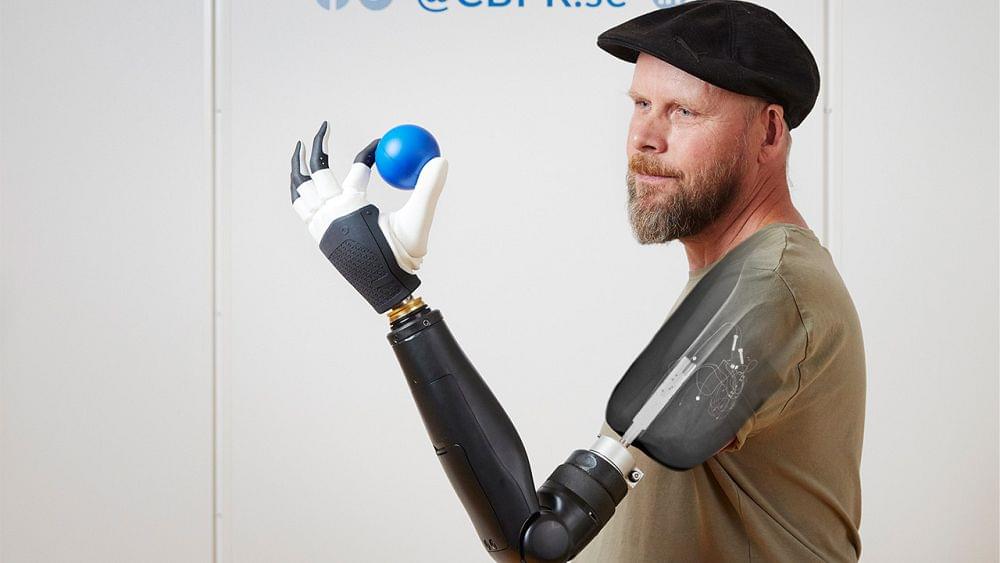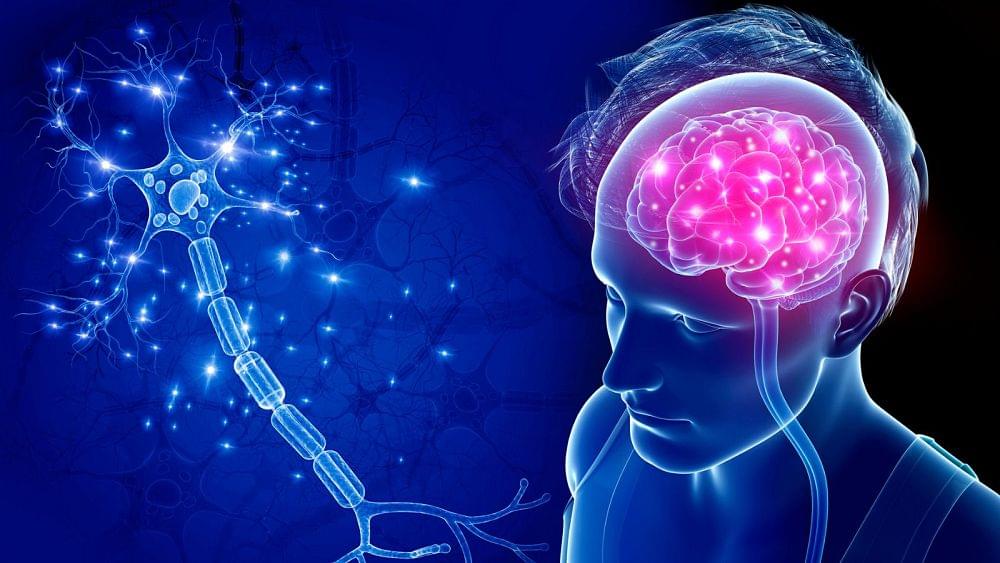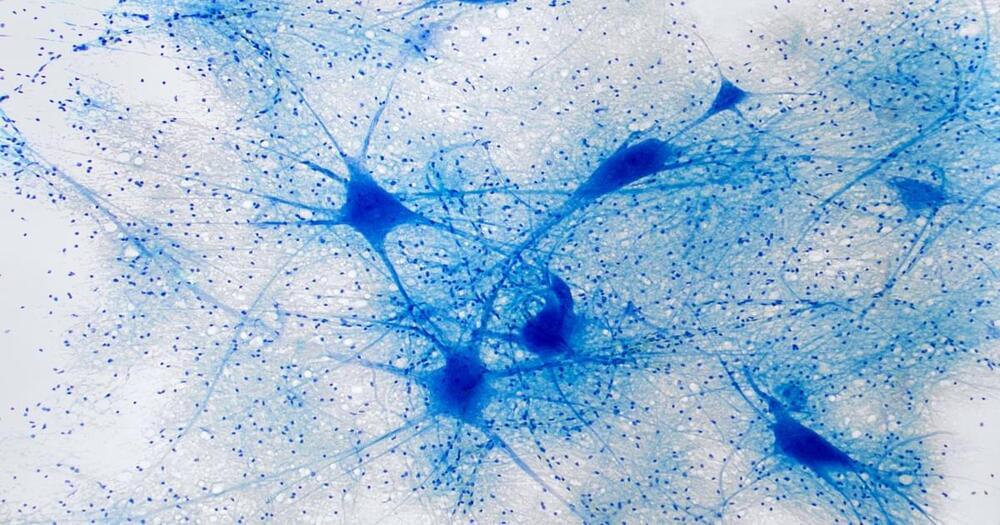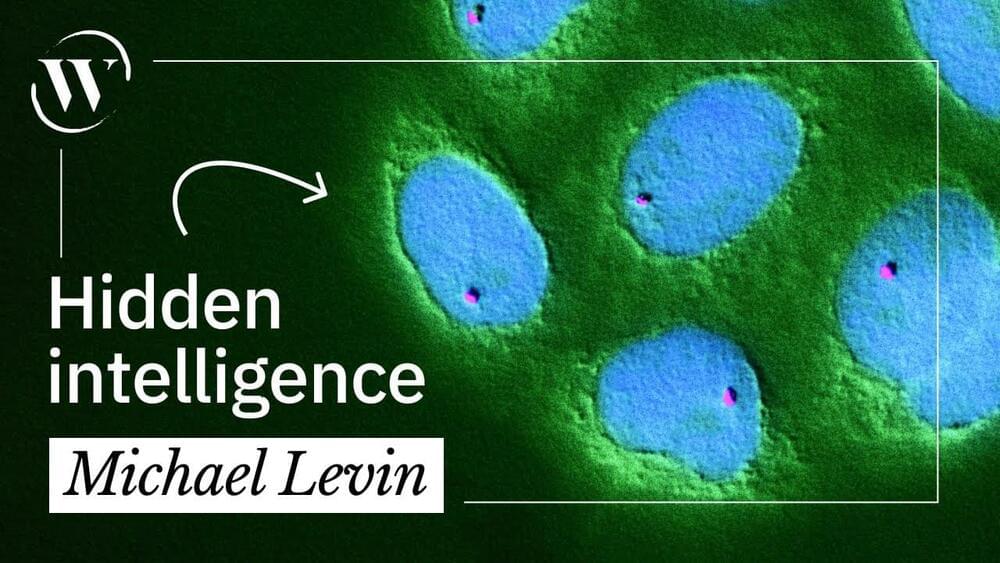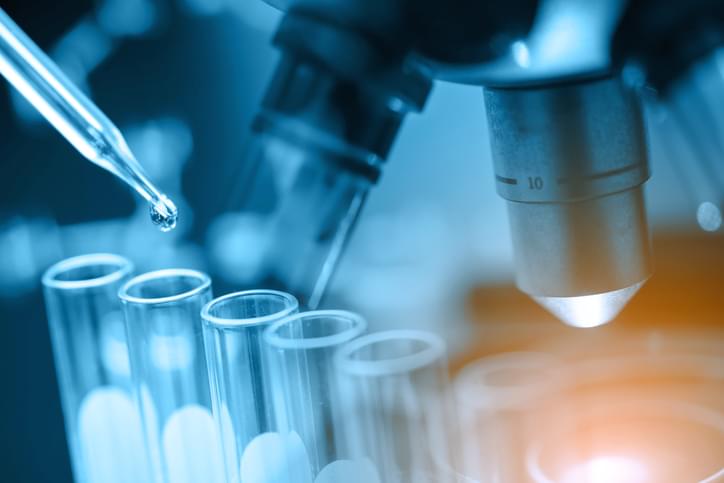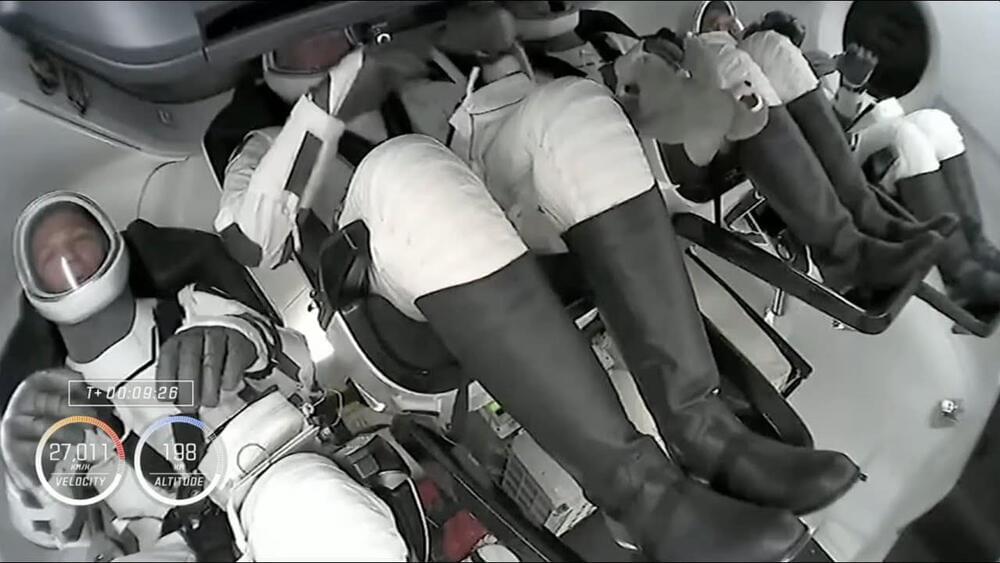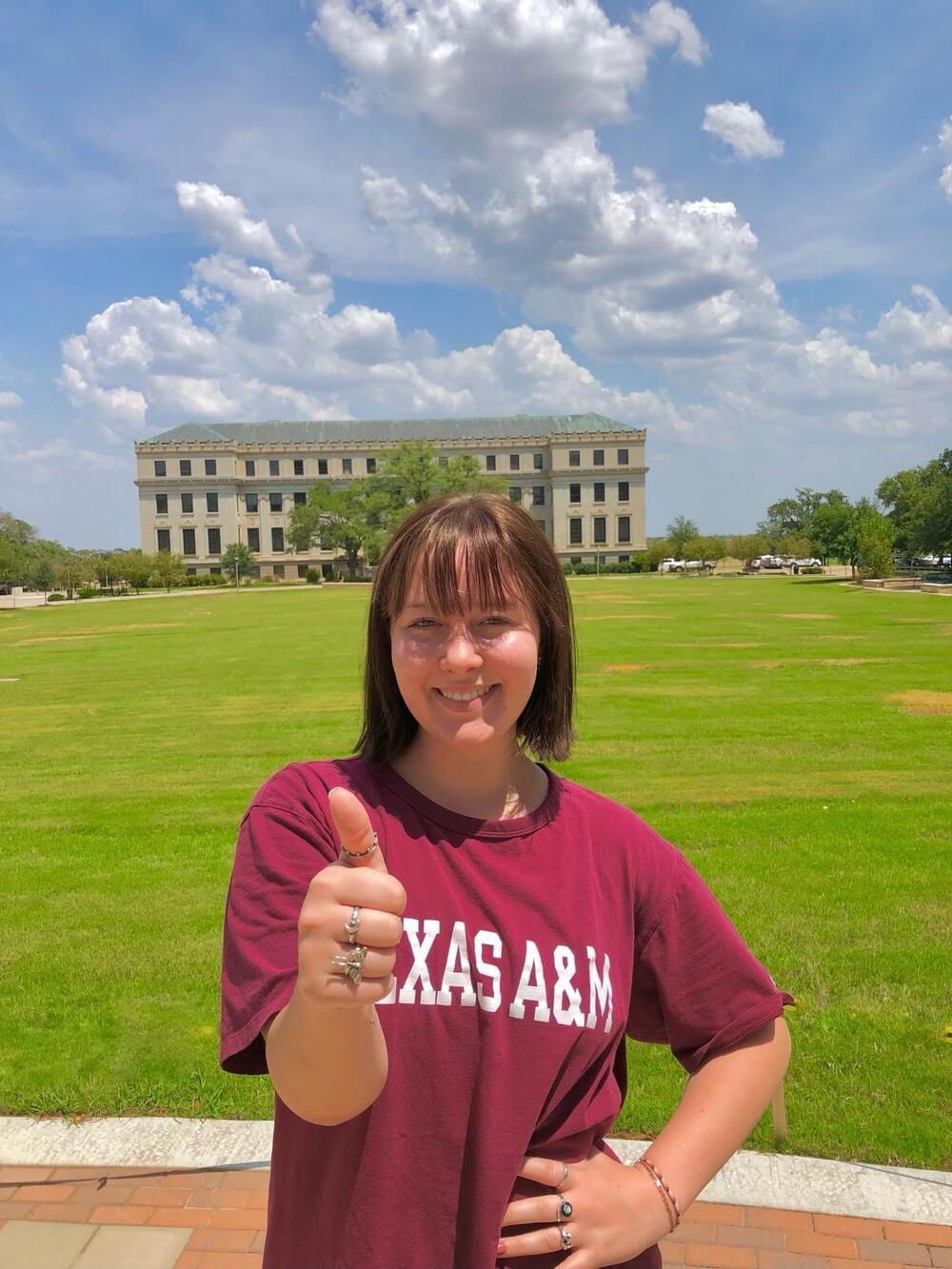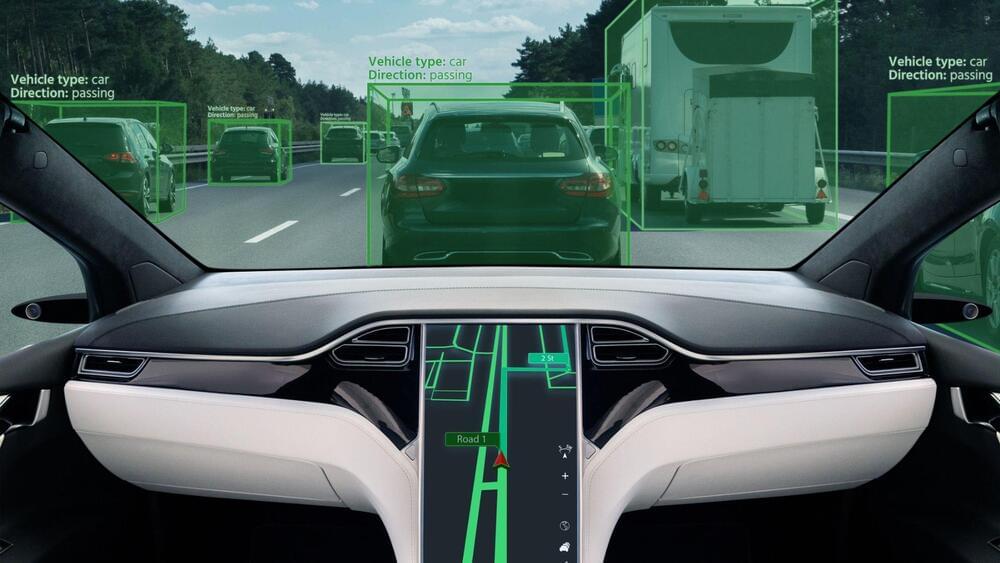Aug 26, 2023
New bionic hand allows amputees to effortlessly control fingers
Posted by Liliana Alfair in categories: biotech/medical, cyborgs, transhumanism
New bionic hand with better move of fingers.
Successful testing of the bionic hand has already been conducted on a patient who lost his arm above the elbow.
In a world first, surgeons and engineers have developed a new bionic hand that allows users with arm amputations to effortlessly control each finger as though it was their own body.
Continue reading “New bionic hand allows amputees to effortlessly control fingers” »
